Growing Aerospace Industry
The aerospace industry is witnessing robust growth, which is significantly impacting the Metal Alloy Market. The demand for lightweight and high-performance materials is paramount in aerospace applications, where metal alloys play a crucial role. Aluminum and titanium alloys are particularly favored for their strength and weight advantages, contributing to fuel efficiency and overall aircraft performance. As air travel continues to increase, the need for new aircraft and the maintenance of existing fleets will likely drive the consumption of metal alloys. In 2025, the aerospace sector is projected to be a key driver of growth in the metal alloy market, as manufacturers seek to innovate and enhance aircraft design.
Rising Demand in Automotive Sector
The automotive sector is experiencing a notable surge in demand for metal alloys, driven by the need for lightweight materials that enhance fuel efficiency and performance. Metal alloys, such as aluminum and magnesium, are increasingly utilized in vehicle manufacturing to reduce weight without compromising strength. This trend is expected to propel the Metal Alloy Market, as manufacturers seek to meet stringent emissions regulations and consumer preferences for more efficient vehicles. In 2025, the automotive industry is projected to account for a significant share of the metal alloy consumption, indicating a robust growth trajectory. The shift towards electric vehicles further amplifies this demand, as these vehicles often require advanced metal alloys for battery casings and structural components.
Infrastructure Development Initiatives
Infrastructure development initiatives across various regions are significantly influencing the Metal Alloy Market. Governments are investing heavily in infrastructure projects, including bridges, roads, and buildings, which require durable and resilient materials. Metal alloys, known for their strength and corrosion resistance, are essential in these applications. For instance, steel alloys are widely used in construction due to their structural integrity. The ongoing urbanization trends and the need for modernized infrastructure are likely to sustain the demand for metal alloys. In 2025, the construction sector is anticipated to be a major consumer of metal alloys, contributing to the overall growth of the market.
Technological Innovations in Manufacturing
Technological innovations in manufacturing processes are reshaping the Metal Alloy Market. Advanced techniques such as additive manufacturing and precision casting are enabling the production of complex alloy components with enhanced properties. These innovations not only improve the efficiency of alloy production but also expand the range of applications for metal alloys. For example, the aerospace sector is increasingly adopting titanium alloys due to their high strength-to-weight ratio and resistance to extreme temperatures. As these technologies continue to evolve, they are expected to drive the demand for specialized metal alloys, thereby fostering growth in the market. The integration of automation and smart manufacturing practices further enhances production capabilities, positioning the Metal Alloy Market for sustained expansion.
Increased Focus on Recycling and Sustainability
The increased focus on recycling and sustainability is reshaping the Metal Alloy Market. As environmental concerns gain prominence, the recycling of metal alloys is becoming a critical aspect of production processes. Recycled alloys not only reduce waste but also lower energy consumption compared to primary production. This trend is particularly evident in the aluminum sector, where recycled aluminum requires significantly less energy to produce. The push for sustainable practices is likely to drive innovation in recycling technologies, further enhancing the appeal of metal alloys. In 2025, the emphasis on sustainability is expected to influence consumer preferences and regulatory frameworks, thereby impacting the overall dynamics of the metal alloy market.


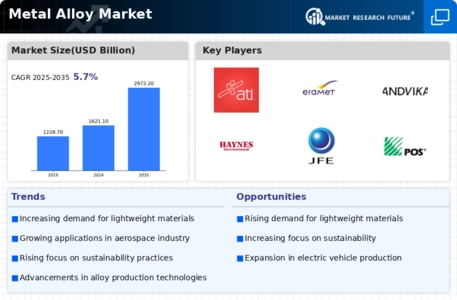
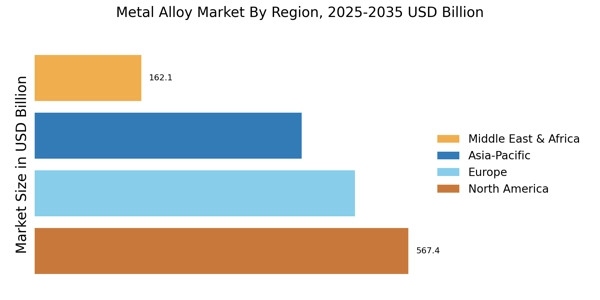
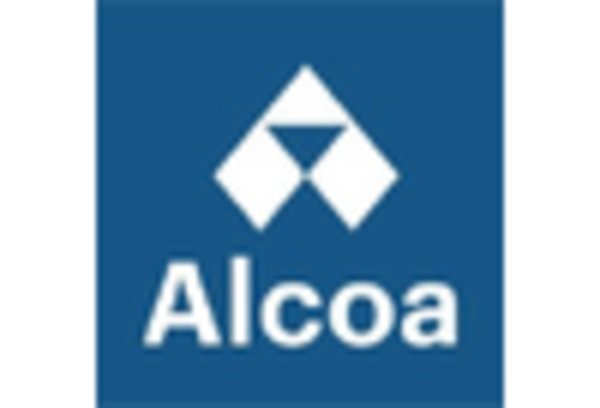



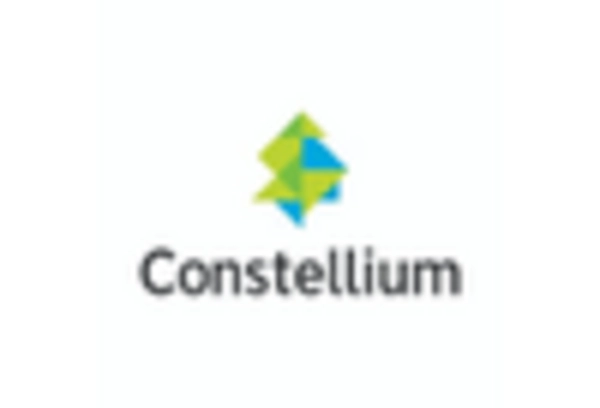
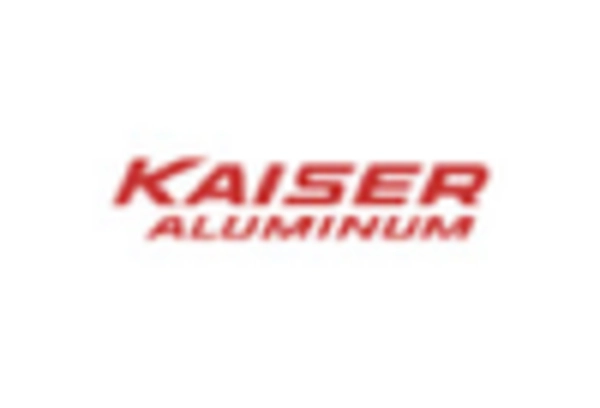








Leave a Comment